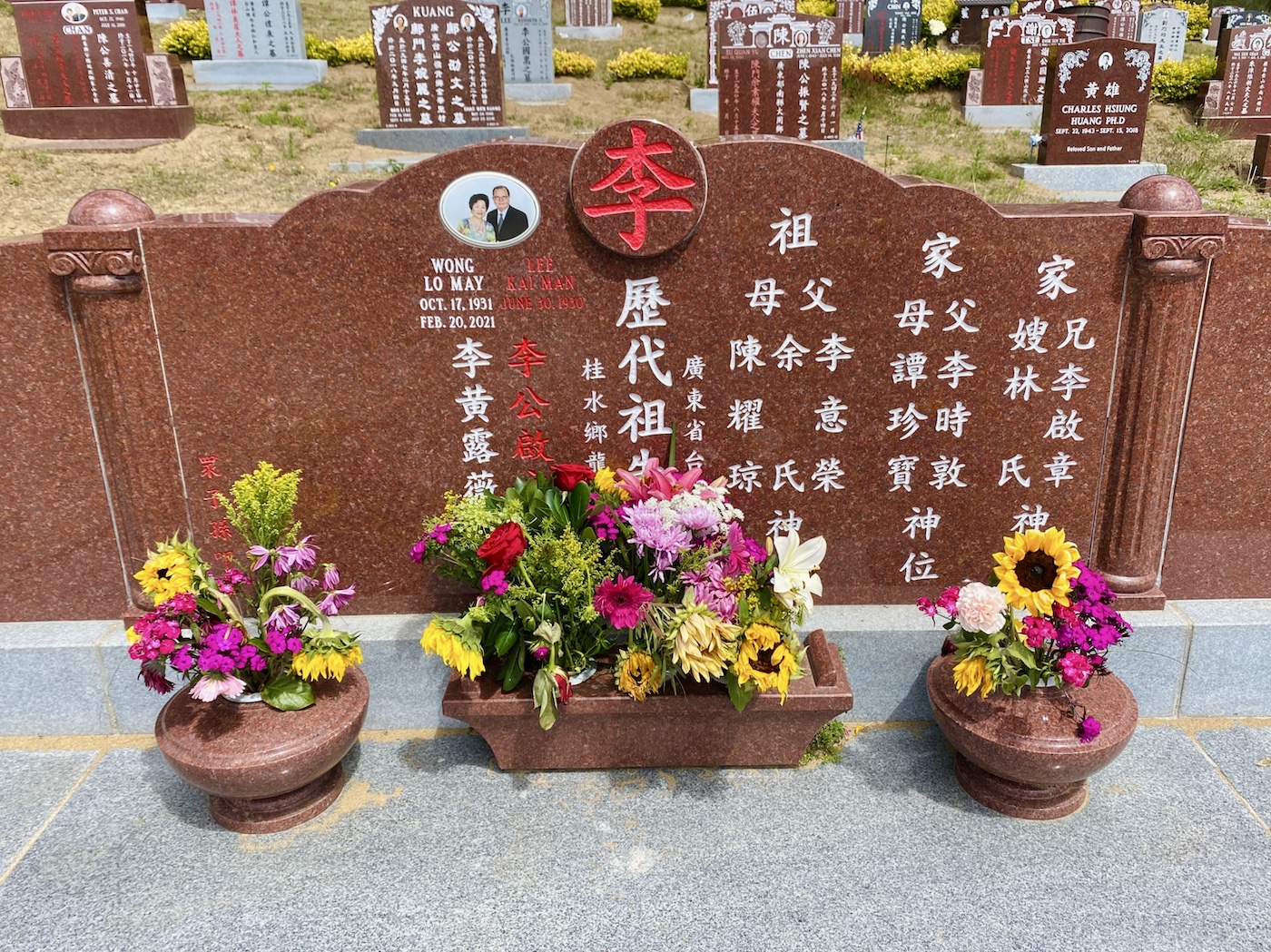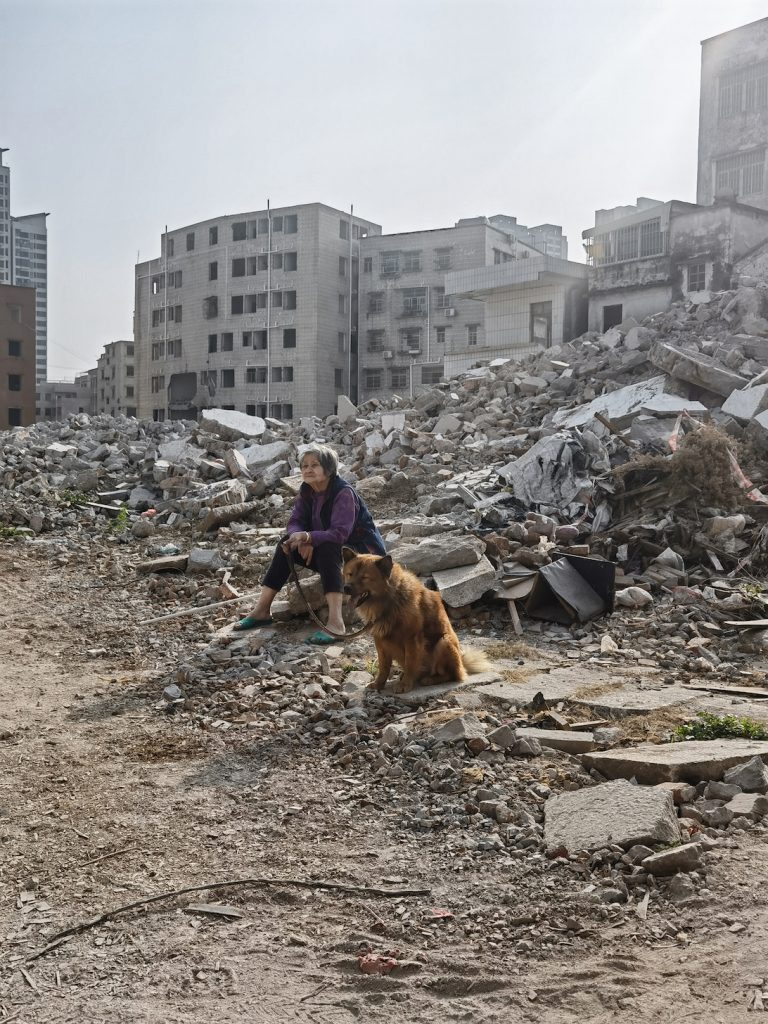“Wherever you are in the world, you will find Chinese people” goes the popular saying.
Over the past 500 years, no destination was too remote for the hundreds of thousands that left their homes in China in search of a brighter future.
For many that left, the plan was always to return to China. However, life has a tendency to get in the way: some started families, others established profitable businesses. Back in China, the end of the Qing Dynasty and the political turmoil of the early 1900s made it difficult for many to return as planned.
Burial rituals are incredibly important to Chinese people, who believe that grave locations must be carefully selected according to fengshui principles and that families must be actively involved in the funeral preparations. Upon reaching the autumn of their life, the Chinese who were settled overseas had three options:
- Return to China and retire in their homeland until their death.
- Remain and be buried overseas.
- Be buried overseas, and have their bones repatriated to their homeland several years later.
This was by no means an easy choice, and in many countries, it took years before Chinese were granted the right to their own burial grounds. Not only do Chinese cemeteries offer a fascinating window into the history of Chinese communities around the world, they are also be a great place to start investigating your family origins: traditional Chinese tombstone inscriptions are typically much more detailed than English or other language tombstones, as they can indicate the full name and hometown of the deceased.
If you have Chinese ancestors, it’s likely they were buried in a cemetery near where they lived, although repatriation to China was also common. In this article and to celebrate the launch of My China Roots’ Overseas Chinese Cemetery Database, we explore 15 of the most iconic Chinese cemeteries around the world.
1. Chinese Cemetery of Los Angeles, California, United States
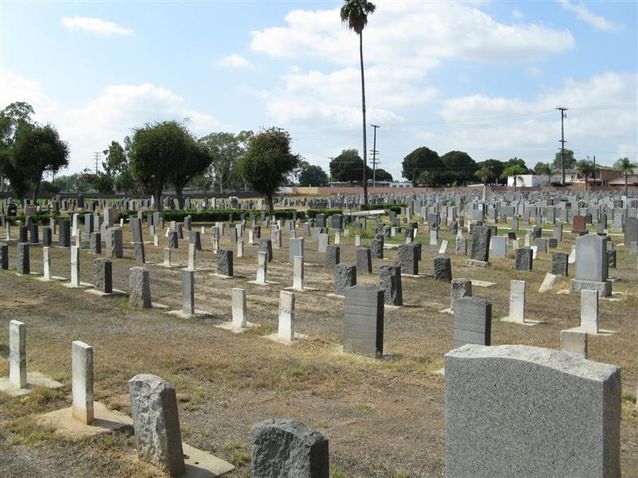
This Chinese cemetery was one of several key cemeteries in Los Angeles. Established by the Chinese Consolidated Benevolent Association (CCBA) in 1922, the Chinese cemetery provided burial grounds for Chinese immigrants. This was necessary because the Chinese were prohibited from purchasing burial plots apart from a section of the “Potters Field”, which was beginning to run out of space.
Records of Chinese immigrants date back to 1850 and an estimated 10,000 Chinese immigrants resided in Los Angeles by the 1900s. Racism was rampant. Over time, many of the Chinese moved out of Los Angeles, with many relocating to East Adams in the 1920s and 1930s. The inflow of Chinese immigrants (mostly from Hong Kong and Guangdong) increased again after the Immigration and Nationality Act of 1965.

Search for a grave in the Chinese Cemetery of Los Angeles
2. Chinese Cemetery at Harling Point, Victoria, Canada
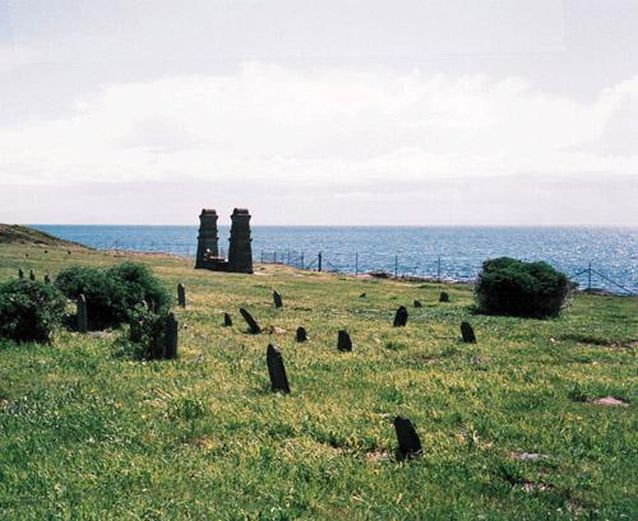
Drawn by the discovery of gold in the Fraser River, Chinese immigrants came into Victoria (near Vancouver City) in the hopes of getting rich. This steady immigration of Chinese continued throughout history, with 15,000 men flooding the state between 1881 and 1884 to help build the Canadian Pacific Railroad.
In the early days, these Chinese immigrants were buried in a segment of the Ross Bay cemetery. This was not ideal as the area was near sea level and graves were swept away during storms.
In 1903, the Chinese Benevolent Association bought land to build the Chinese Cemetery. This graveyard was the first place in Canada to provide dignified burials for the Chinese. It is now home to about 400 late Chinese immigrants, with another 900 being buried in unmarked mass graves.
Interestingly, this was not the Chinese Benevolent Association’s first attempt to set up a Chinese cemetery. In 1891, they had purchased a burial ground for the same purpose, only to have indigent farmers intimidate the Chinese mourners away. This demonstrates the extent of discrimination the Chinese faced, along with restrictive immigration policies and taxes.
3. Kwong Tong Cemetery, Kuala Lumpur, Malaysia
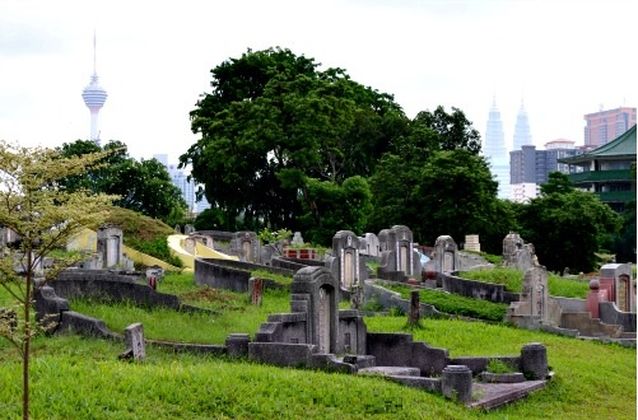
The Chinese have been settling in Southeast Asia as early as the 13th century. Many Southern Chinese immigrants arrived in Malaysia since the 1850s to work in the tin mining industry. Today, the Chinese have blended into the Malaysian community, forming the second largest ethnic group.
Founded in 1895, the Kwong Tong Cemetery is one of the oldest and largest Chinese cemeteries in Kuala Lumpur, Malaysia. This Chinese cemetery consists of 2 sites, 1 at Bukit Seputeh and another in Sungai Besi. It is reputed for being the burial ground of many notable Chinese Malaysian historical figures, including Kapitan Yap Ah Loy. Today, the cemetery has been named as a heritage park.
4. Cementerio Chino, Havana, Cuba
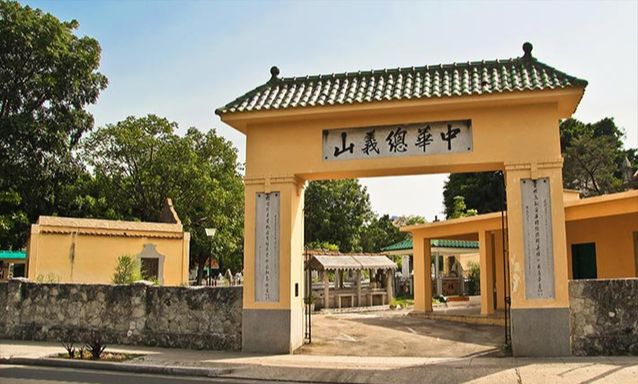
Hundreds of Chinese first arrived on this island in the mid 1800s to labor in the Cuban sugar cane plantations. Many were tricked or coerced into contracts as indentured laborers to replace and work alongside African slaves. Over time, the Chinese community in Havana grew and formed one of the oldest Chinatowns in Latin America.
The Cementerio Chino Cemetery was hard-won. In the late Qing dynasty, the Chinese consul Lin Liang Yuan requested authorization from the Spanish authorities to provide burial grounds for their people but faced opposition for 11 years before their desires were granted. On 20 May 1893, the Cementerio Chino was built on the Las Torres estate.
5. Bukit Brown Cemetery, Singapore
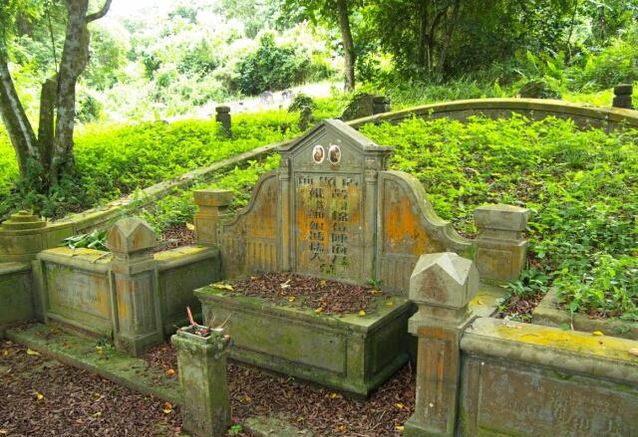
Many Chinese immigrants arrived in Singapore from the Straits and Southern China during British rule from the mid to late 1800s.
In 1922, the Bukit Brown Cemetery was opened by the Municipal Council in Singapore. It is one of the largest Chinese cemeteries outside China, although it closed in 1973. The place houses over 100,000 tombs, including those of many Singaporean Chinese pioneers.
Bukit Brown Cemetery was named after a businessman, George Henry Brown. Before that, the area was sometimes known as Ka Fei Shan (咖啡山), meaning Coffee Hill, due to the abundance of coffee plantations nearby. It should be noted that the cemetery has since been partially cut off by the Pan-Island Expressway (PIE) and Mount Pleasant Road to form Mount Pleasant Cemetery.

Search for a grave in Bukit Brown Cemetery
6. Manila Chinese Cemetery, Philippines
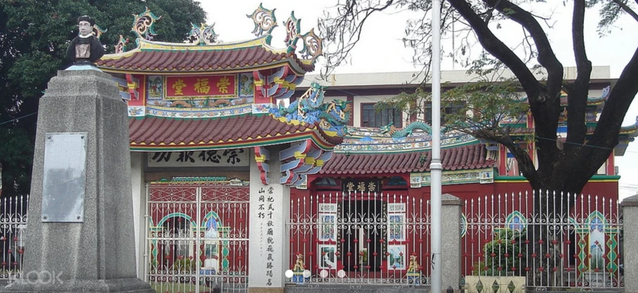
One of the most established cemeteries for the Chinese in Philippines was the Manila Chinese Cemetery.
Chinese immigration to the Philippines began from the 9th century when traders sailed to the Philippine Islands and bartered with the Austronesians. With time, large numbers fled poverty or unrest in mainland China to settled in the Philippines.
Although the Chinese Exclusion Act from the United States was implemented in the Philippines from 1898 to 1946, Chinese immigrants continued to find a way in. With the help of existing Chinese Filipinos, they assumed new identities or were smuggled in as ‘relatives’. The Chinese Filipino community now forms one of oldest overseas Chinese groups in the world.
The Manila Chinese Cemetery was established in 1863 as a burial ground for non-Catholic Chinese as the Spaniards barred them from being buried in their cemeteries.
The cemetery is also known colloquially as “Little Beverly Hills”. Unlike traditional Chinese tombstones, the graves take the form of fully functional houses. Some of these mausoleums are extremely opulent.
7. Way On Cemetery, Panama City, Panama
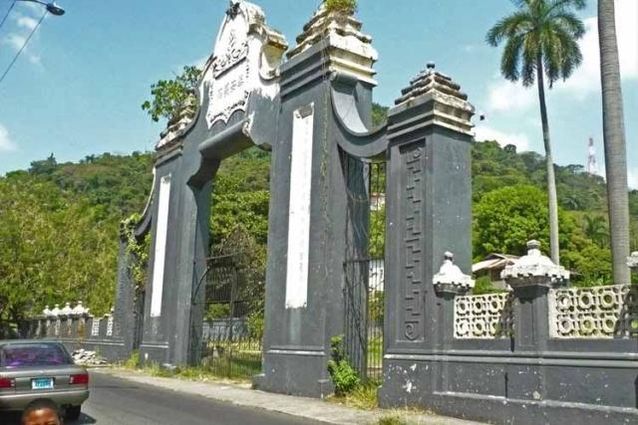
In the mid-1800s, several hundred Chinese were brought to Panama as coolies to help construct the Panama Railroad. Many of them went on to settle in Jamaica over time. Today, the Chinese Panamanians form the largest Chinese community in Central America.
The Way On Cemetery was created to provide a burial ground for these Chinese immigrants, starting from 1911. This cemetery was designed to follow Chinese geomancy traditions, including stone walls and a high entrance gate.
8. Bukit Cina Cemetery, Malacca, Malaysia
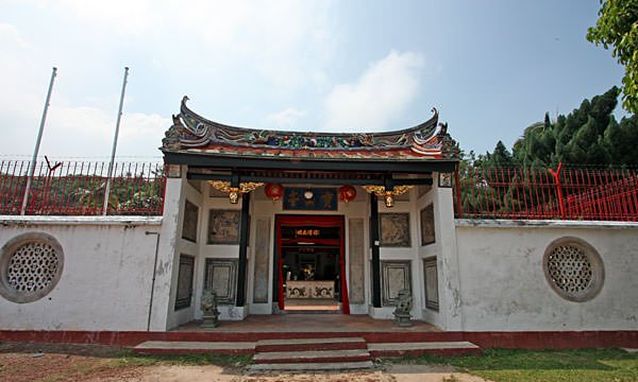
Historical records state that in the mid-15th century, Chinese princess Hang Li Po was promised in marriage to the sultan of Malacca, Sultan Mansor Shah, as a sign of the two countries’ alliance. Bukit Cina, which means “China Hill”, was a gift from the sultan to his bride.
Today, Bukit Cina forms part of a Chinese cemetery with over 12,000 graves. The graveyard spans across two nearby hills as well, and totals 250,000 square meters.
Interesting stories surround the Seven Wells at the foot of Bukit China, beside the Poh San Teng Temple, where the so-called Dragon’s Wells reputedly never dry up. These were built by Ming Dynasty admiral Zheng He based on Chinese Fengshui principles and were used as a base for his expeditionary forces.
9. Chinese section of Rookwood Cemetery, Sydney, Australia
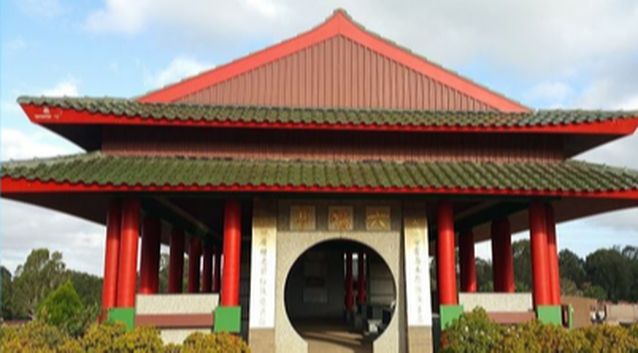
As early as 1828, Chinese laborers immigrated to Sydney and New South Wales in Australia. This was spurred on by the discovery of gold in 1851. By 1855, the population of Chinese immigrants hit 17,000.
The Rookwood Cemetery opened officially in 1867. While it is not purely a Chinese cemetery, over 1000 Chinese gravestones are recorded in the cemetery. The cemetery is sparse as 60% of the deceased were repatriated back to their hometowns to be buried there after an initial internment period in Australia. This internment period typically spans 7 years.
10. Cementerio Presbitero Maestro, Lima, Peru
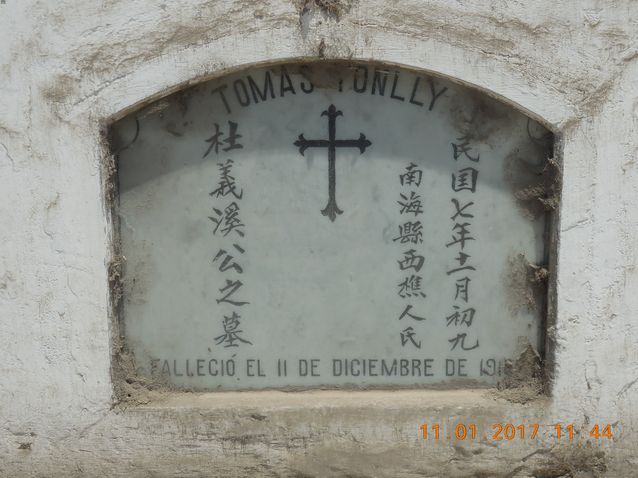
Over 100,000 Chinese men were shipped to Peru from the mid-1800s onwards to work as agricultural laborers. Most of them worked in sugar plantations and in the coastal guano mines near Lima. Many of these immigrants were believed to be Hakka rebels from northeast Guangdong who were captured at the end of the Taiping rebellion. In later decades, Lima also received immigrants from Fujian and the Pearl River Delta in Guangdong, with large numbers hailing from Xinhui and Zhongshan.
Although Presbitero Maestro is not strictly a Chinese Cemetery, it houses vast numbers of early immigrants who settled in the Peruvian capital. Unlike the rest of Peru, Lima housed active Chinese societies that fought and paid for the right to bury non-Christian Chinese alongside Catholics. Some tombs display the name of the funding association, while others show Christian emblems for those who had been evangelized prior to their death in Lima.
11. Nolette Chinese Cemetery, Noyelles-sur-Mer, France
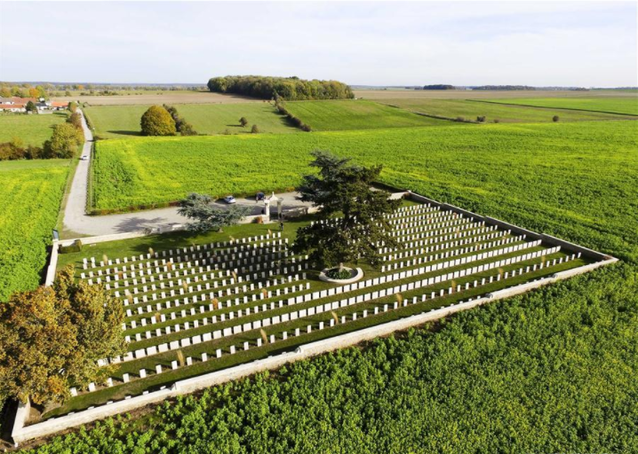
Noyelles-sur-Mer was the largest camp site of the Chinese Labor Corps in France. The Chinese Labor Corps were birthed from an agreement between the United Kingdom and China in 1916, to support the Allied troops in WWI. Men were recruited from north China and brought to France starting April 1917 to help build trenches, transport armaments and recover dead bodies from the battlefields. By 1919, the Chinese Labor Corps counted as many as 96,000 men, of which some 2,000 perished in the war. 841 of these were buried in the Nolette Chinese Cemetery.
12. Teochew Cemetery, Bangkok, Thailand
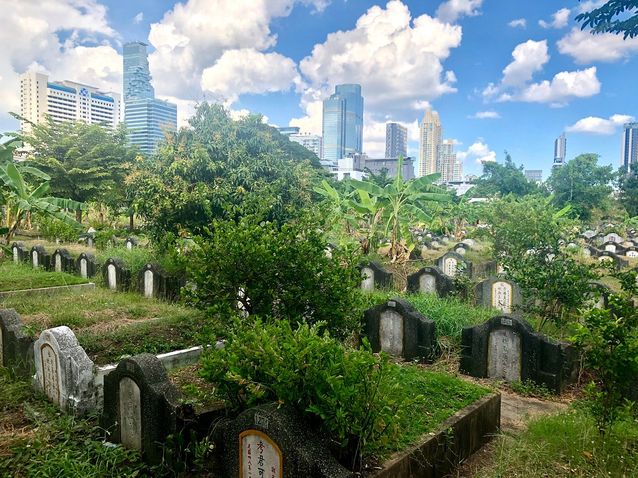
Chinese immigrants began settling in Thailand as early as the 13th century. Today, Thai Chinese form the largest overseas Chinese community in the world. The majority are from Chaoshan (Teoswa) or Chaozhou and speak Teochew.
Located in Sathon District in Bangkok, Thailand, the Teochew Cemetery is also known as the Wat Don Graveyard. It is made up of three adjacent cemeteries managed by different organizations, namely the Tio Chew Association of Thailand, the Poh Teck Tung Foundation and the Hainan Dan Family Association. The cemetery was renovated in 1996 and has now been opened to the public as a park.
13. Tung Wah Coffin Home, Hong Kong
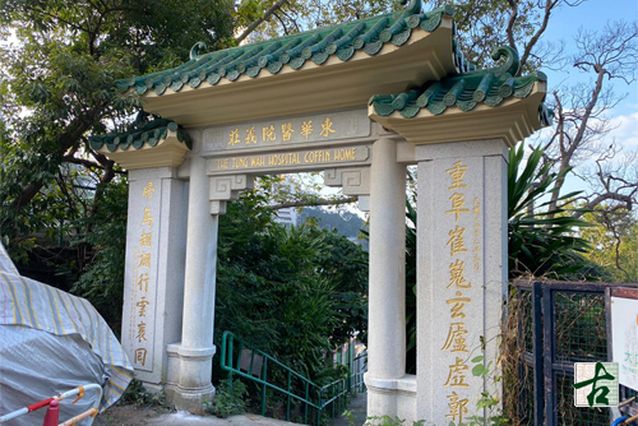
Not technically a cemetery, the Tung Wah Coffin Home provided repatriation services for overseas Chinese and acted as a temporary depository before the deceased were returned to their hometown for burial. This was a monumental logistical feat, with over 100,000 deceased brought in from across the world over the decades.
This coffin home was initially funded and built by the Man Mo Temple in 1875 but later managed by Tung Wah Hospital. Originally named Slaughter House Cemetery and located in Kennedy Town, the facility was relocated to Sandy Bay in 1899 and renamed Tung Wah Coffin Home.
It underwent a restoration project in 2003 to preserve the architectural style of the original buildings and was given monumental status in 2020.
14. Lin Yee Chung Chinese Cemetery, Manoa, Hawaii, United States
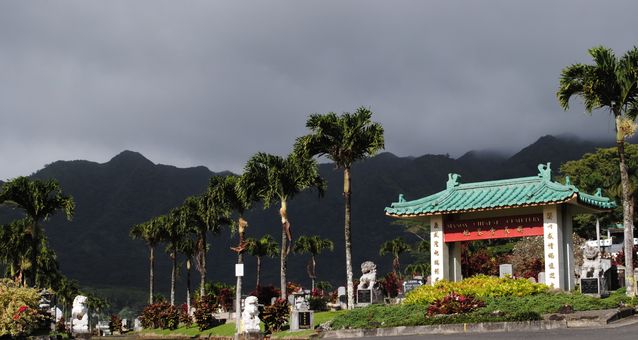
The Chinese community in Hawaii is one of the oldest in the United States. Chinese immigration was driven by Hawaii’s geography on key passenger routes between China and California, namely between China, Yokohama, Honolulu and San Francisco. Many of the Chinese immigrants were Cantonese and Hakkas from Zhongshan who came in as laborers for the sugar plantations.
The Lin Yee Chung Chinese cemetery was established in 1851 by the Lin Yee Chung Association. Also known as the Manoa Chinese Cemetery, this is the largest and oldest Chinese graveyard in Hawaii, and has now been opened to all ethnicities.
A key feature of this cemetery is the tomb of the “Grand Ancestor”, Lum Ching. He was one of the 31 founding members of the Lin Yee Chung Association and was responsible for the geomantic location of the site. His grave is marked with a banyan tree.
Every year, the Association hosts a grand celebration of the Qingming festival on the first day of the Qingming period.
15. Chinese Cemetery of Kingston, Jamaica
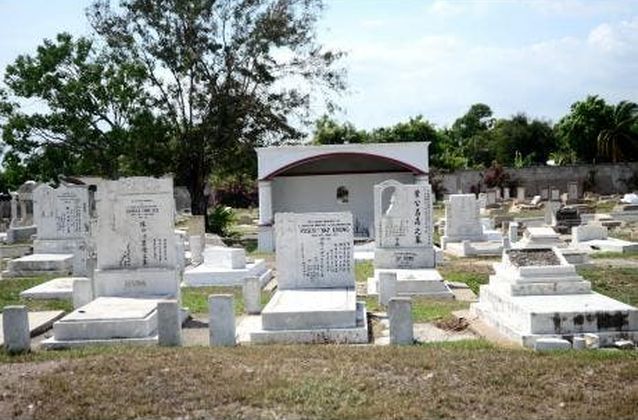
Many Chinese immigrants came to Jamaica in the mid-1800s to early 1900s from Hakka areas such as Shenzhen, Dongguan and Huiyang in China. A portion of them were Chinese Panamanians initially contracted to build the Panama railroad.
The Chinese Cemetery of Kingston in Jamaica was erected to provide a place of rest for the Chinese community. Although its land was purchased in 1904, development was only completed by 1912 using the British government’s monetary compensation of £500 after an earthquake. It is currently the burial ground of 3200 Chinese ancestors.
Unfortunately, the Chinese cemetery has fallen into disrepair and required maintenance work several times across the decades.
Thanks to the efforts of CBA volunteers however, the cemetery database is now searchable online. You may like to look up your Chinese ancestors there if they lived in Jamaica or Central America.
Which other cemeteries do you think deserve to be added to this list? Let us know in the comments!
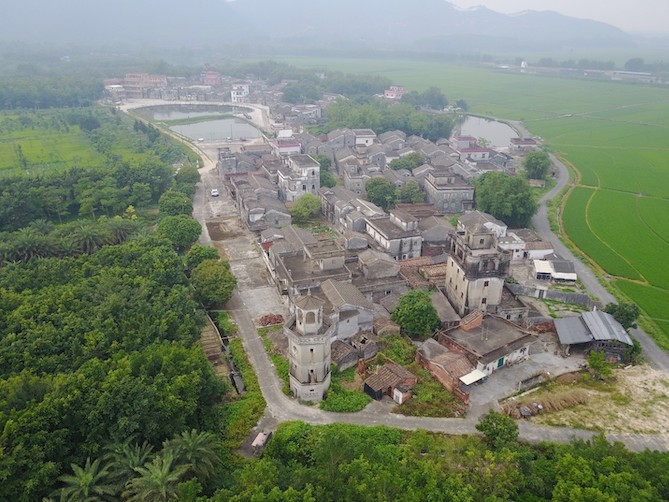
Find your ancestral village and connect with Chinese relatives!
If you are interested in finding your ancestral village and connecting with relatives in China, we would love to be of assistance. Our global team of researchers has helped hundreds of families discover their Chinese roots. Learn more about our services or go ahead and get in touch!
With the global pandemic, My China Roots is offering virtual tours packaged with our research trips to your ancestral village. Check out a demo here!


